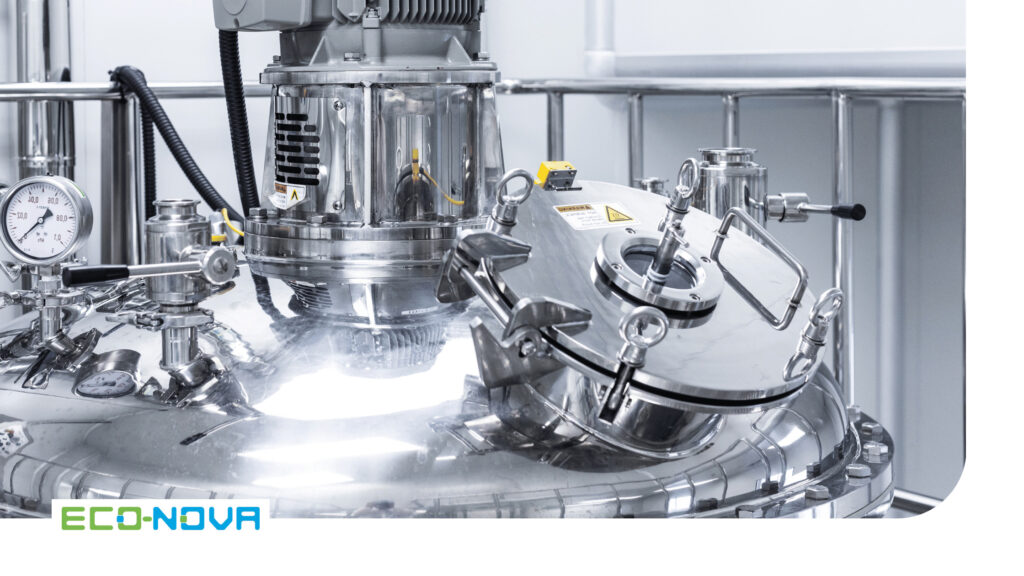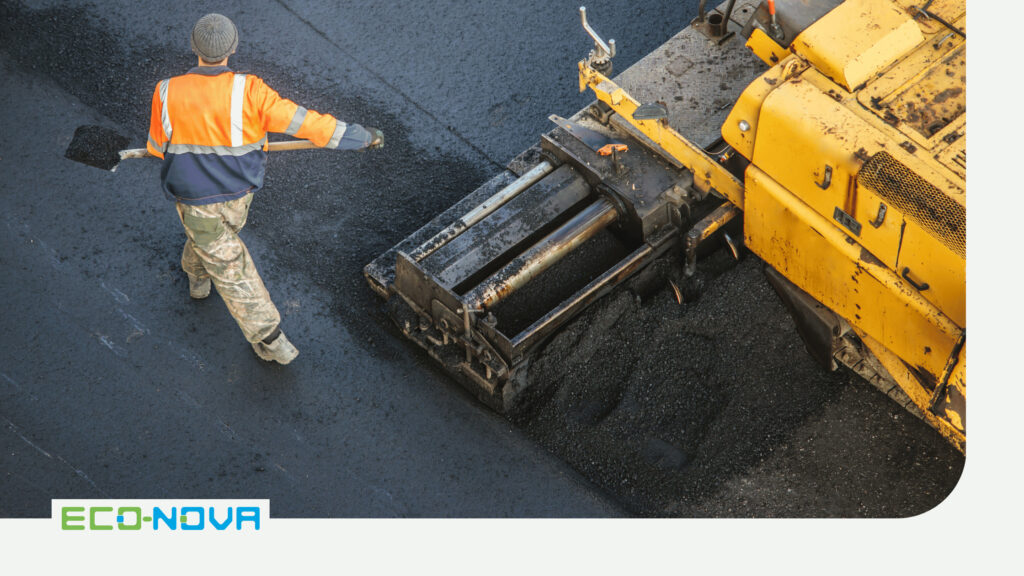
Biosurfactant cleaners for industry
In industry, cleaning is quite simple: it has to be quick and clean enough not to jeopardize production. Chemical and aggressive cleaning agents are often used to achieve the desired result. Environmental compatibility often falls victim to these primary objectives. Another

